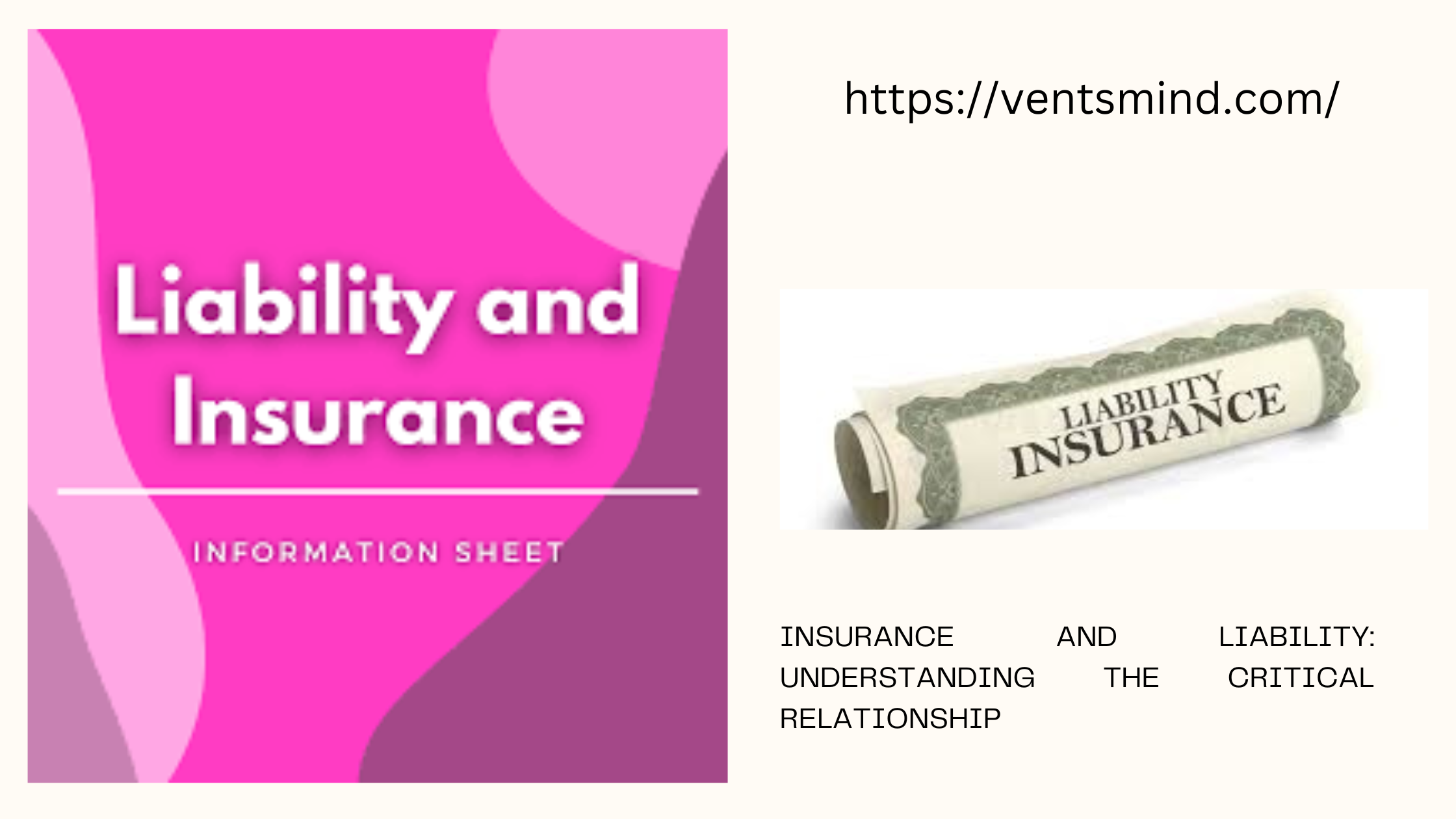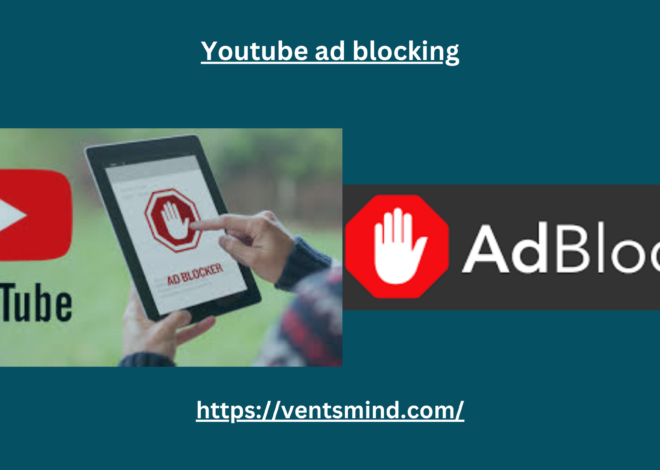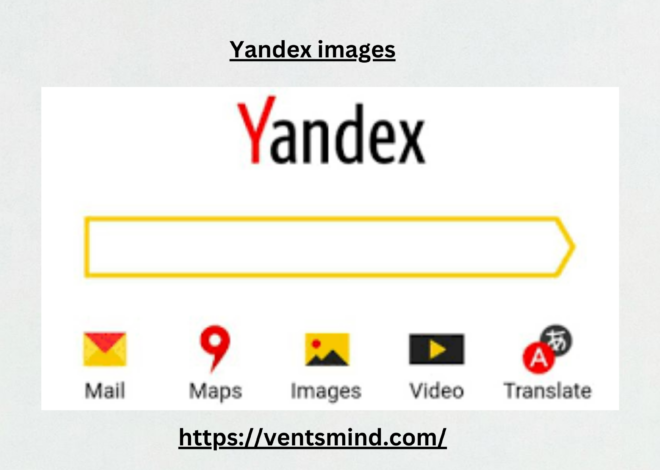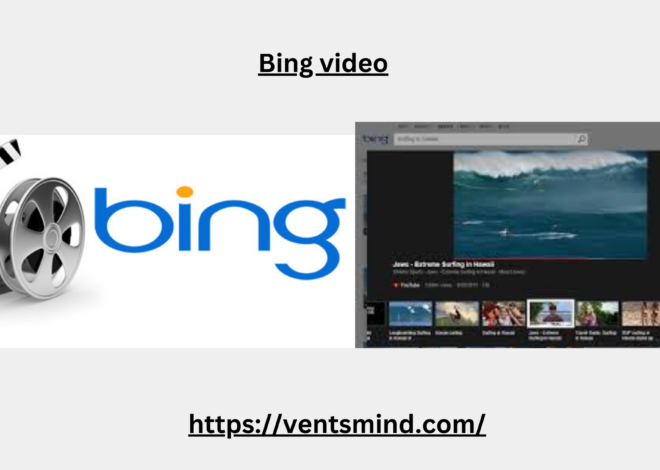
insurance and liability best information 2024: Understanding the Critical Relationship
Insurance and liability are two interrelated concepts that play a pivotal role in both personal and commercial financial security. While insurance provides a mechanism for risk management, liability pertains to the legal responsibility one may bear for their actions or omissions. Understanding the intricate connection between insurance and liability is essential for individuals, businesses, and organizations seeking to mitigate financial exposure from unforeseen events.
This article delves into the fundamental principles of insurance and liability, their different forms, the legal frameworks governing them, and how they interconnect to protect individuals and businesses from financial loss.
1. The Concept of Liability
Liability refers to the state of being legally responsible for something, particularly in relation to damages or injuries. It typically arises when one party is accused of negligence or wrongdoing that leads to harm, injury, or loss for another party. Liability can emerge in various forms, including:
- Personal Liability: This arises when an individual is held accountable for injuries or damages caused to another person due to negligence. For example, a homeowner may face personal liability if a visitor trips on a poorly maintained pathway and gets injured.
- Professional Liability: Professionals such as doctors, lawyers, and architects are expected to adhere to high standards of practice. If a professional fails to meet these standards, resulting in harm to a client or patient, they can be sued for malpractice or negligence.
- Product Liability: Manufacturers, distributors, and retailers can be held liable if a product they design, make, or sell causes injury or harm to a consumer. Product liability lawsuits often revolve around defective designs, manufacturing defects, or inadequate warnings.
- Employer Liability: Employers can be held responsible for injuries sustained by employees while on the job, or for harm caused by employees to third parties during their employment. Worker’s compensation claims are one example of employer liability.
The underlying principle of liability is that when a party’s actions or negligence results in damage or injury to another, they may be required to compensate for that damage. Depending on the severity of the situation, this compensation could be substantial, leading to significant financial strain for the party deemed liable.
2. The Role of insurance and liability
Insurance serves as a financial safeguard that helps individuals and organizations manage the risks associated with liability. Insurance works by transferring the financial burden of potential losses from the policyholder to the insurer, in exchange for regular premium payments. In the event of a claim, the insurance company provides compensation within the terms of the policy, helping to reduce the policyholder’s financial exposure.
There are several types of insurance that specifically address liability concerns, including:
- General Liability Insurance: This type of insurance provides coverage for third-party bodily injury, property damage, and personal injury claims that arise from a business’s operations. It is essential for businesses of all sizes to protect themselves from lawsuits that could arise from accidents or negligence.
- Professional Liability Insurance (Errors and Omissions Insurance): Professionals such as lawyers, accountants, and healthcare providers rely on professional liability insurance to cover claims of negligence or malpractice. This type of insurance protects the policyholder from the financial impact of lawsuits related to mistakes or failures to perform professional duties.
- Product Liability Insurance: Businesses involved in manufacturing, distributing, or selling products often purchase product liability insurance. This policy covers the business if a product causes harm or injury to a consumer. This is especially critical for companies in industries like pharmaceuticals, food and beverage, and consumer electronics.
- Directors and Officers (D&O) Liability Insurance: D&O insurance provides financial protection for the executives and board members of a company against claims made for alleged wrongful acts in their official capacity. Such claims could be related to mismanagement, breach of fiduciary duty, or failure to comply with regulations.
- Employer Liability Insurance: Employers can be held liable for injuries sustained by their employees in the course of their employment. Workers’ compensation insurance is a form of employer liability insurance that provides coverage for medical expenses and lost wages following a workplace injury.
In essence, liability insurance provides a buffer against the often-crippling financial consequences of lawsuits and claims. Without adequate insurance coverage, businesses and individuals could be forced to pay large sums out of pocket, potentially leading to bankruptcy or severe financial distress.
3. Legal Framework Governing Liability Insurance
Liability and insurance laws vary across different jurisdictions, but they share common principles worldwide. The legal framework governing liability insurance is designed to ensure that victims of negligence or wrongdoing are adequately compensated and that insurers fulfill their obligations in good faith.
a. Tort Law and Liability
Liability is often governed by tort law, which deals with civil wrongs that cause harm to individuals. Tort law typically classifies wrongs into three categories:
- Negligence: This occurs when an individual or entity fails to exercise reasonable care, resulting in harm to another. Negligence claims are among the most common types of liability claims.
- Intentional Torts: These involve deliberate actions that cause harm, such as assault, defamation, or fraud. Insurance policies may not always cover intentional torts.
- Strict Liability: In certain cases, a party may be held liable for harm caused, regardless of intent or negligence. This is common in product liability cases, where manufacturers may be held accountable for defects in their products even if they exercised reasonable care.
b. Regulation of insurance and liability
In many countries, liability insurance is regulated to ensure that insurers maintain sufficient capital to pay claims and that policyholders are treated fairly. Regulatory bodies such as the Financial Conduct Authority (FCA) in the UK or the National Association of Insurance Commissioners (NAIC) in the US oversee insurance practices, ensuring transparency, consumer protection, and solvency of insurance companies.
Moreover, certain industries may be legally required to carry specific types of liability insurance. For example, businesses that provide medical services must have professional liability insurance to cover malpractice claims. Similarly, car owners are usually required to have auto liability insurance, which covers injuries or damages they may cause to others in an accident.
4. Challenges in Insurance and Liability
While liability insurance offers significant protection, it is not without its challenges. Understanding these challenges is crucial for both individuals and businesses to ensure they are adequately covered.
a. Coverage Gaps
One of the main challenges faced by policyholders is the potential for coverage gaps. For instance, some general liability insurance policies may exclude certain types of claims, such as those involving professional errors, employment practices, or cyber incidents. In such cases, separate policies (like professional liability or cyber liability insurance) may be needed to ensure comprehensive coverage.
b. Rising Litigation Costs
The cost of litigation has been steadily rising over the years, driven by an increase in the number and complexity of lawsuits. Businesses, in particular, face a higher risk of litigation due to an increasingly litigious society. This rise in litigation costs has led to higher insurance premiums, as insurers attempt to manage their own risk exposure.
c. Policy Limits
Liability insurance policies come with coverage limits, which define the maximum amount the insurer will pay in the event of a claim. Policyholders must carefully consider their coverage limits to ensure they are not underinsured. In cases where claims exceed policy limits, the policyholder may be responsible for the remaining balance, which can be financially devastating.
d. Exclusions and Conditions
Insurance policies often include exclusions and conditions that limit the circumstances under which a claim can be paid. Policyholders must be aware of these exclusions to avoid misunderstandings or denial of coverage. For example, a general liability policy may exclude claims arising from professional services, leaving a doctor or architect vulnerable if they do not have professional liability coverage.
5. Emerging Trends in insurance and liability
The landscape of liability and insurance is continuously evolving, shaped by societal changes, technological advancements, and new risks. Some of the emerging trends include:
a. Cyber Liability Insurance
With the rise of cyberattacks, businesses face an increasing risk of data breaches, ransomware attacks, and other cyber threats. Cyber liability insurance has become an essential part of risk management, covering the costs of responding to a breach, legal fees, and potential lawsuits.
b. Environmental Liability
As environmental regulations become stricter, companies are facing greater scrutiny for their impact on the environment. Environmental liability insurance provides coverage for claims related to pollution, hazardous waste, and other environmental risks. This is particularly important for industries such as manufacturing, energy, and agriculture.
c. Gig Economy and Liability Insurance
The rise of the gig economy has created unique liability challenges. Workers in this sector often lack the protections offered by traditional employment, including employer liability coverage. As a result, gig workers may need to purchase their own liability insurance to cover potential risks associated with their work.
6. Conclusion
In an increasingly complex world, the relationship between insurance and liability is more critical than ever. Liability poses significant financial risks to individuals and businesses, while insurance offers a means to manage and mitigate those risks. By understanding the various types of liability and the insurance products available, policyholders can make informed decisions to protect themselves from financial harm.
However, navigating the world of insurance and liability can be challenging due to coverage gaps, rising litigation costs, and evolving risks. Therefore, it is essential for individuals and businesses to work closely with insurance professionals to ensure they have adequate coverage tailored to their unique needs.
In summary, the intersection of insurance and liability is a cornerstone of financial protection, providing peace of mind and safeguarding against the uncertainties of life and business.


